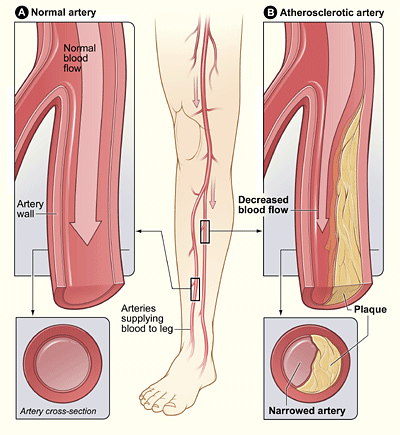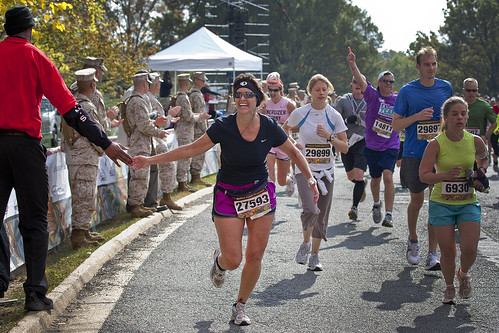 It's fall, and if you're like me you feel torn. Summer was amazing. Festivals, farmers markets and fresh berries everywhere. I'm sad to see it go. The only thing that kept me looking forward to the seasonal change was the knowledge that pumpkin season was upon us. Pumpkin, we need to figure out a way to extend pumpkin eating time beyond these few month. But until we do, the challenge is to take advantage while we can.
It's fall, and if you're like me you feel torn. Summer was amazing. Festivals, farmers markets and fresh berries everywhere. I'm sad to see it go. The only thing that kept me looking forward to the seasonal change was the knowledge that pumpkin season was upon us. Pumpkin, we need to figure out a way to extend pumpkin eating time beyond these few month. But until we do, the challenge is to take advantage while we can.
Juicing or blending is a great way to do this. Juicing allows us to take in a large amount of nutrients from sources like pumpkins quickly and easily. However, don't be so fast to toss the pulp, it contains a dose of fiber you really don't want to miss out on. Toast the seeds and add some seasoning, they make a heart healthy alternative to salty chips or peanuts. So let's move beyond Pumpkin Spice Lattes and pies (oh pies), and put these babies to good use.
Pumpkins!
What's so great about pumpkins anyway?
So many things! Beside the fact that pumpkin is an incredibly potent source of fiber, it's also packed full of potassium, and vitamin C. Beta-carotene and beta-cryptoxanthin make its bright fall color pop, and are also a big healthy gift from our squash friend. A part of the carotenoid group, according to MedlinePlus, beta-carotene and its friends provide 50% of the vitamin A in our diets, and is know to prevent:
and to treat:
- AIDS
- alcoholism
- Alzheimer’s disease
- depression
- epilepsy
- headache
- Parkinson’s disease
- rheumatoid arthritis
So many benefits and nothing to loose! Here are two juicing recipes that are sure to help you get started.
Pumpkin Juice Recipe courtesy of My Juice Cleanse with Carey Kingsbury
4 cups pumpkin chunks
1 apple
2-3 carrots
1/4 inch piece ginger
cinnamon
nutmeg
Cut the pumpkin in half and scoop out the seeds. Cut into 1 1/2 inch chunks and remove skin with a vegetable peeler. Wash apple and carrots and cut into pieces that will fit into your juicer. Put the first four ingredients through your juicer. Pour the juice into a glass and sprinkle with cinnamon and nutmeg. Add ice if desired. Makes approximately 10 oz.
Pumpkin Juice Recipe courtesy of EverythingPumpkin
Ingredients:
- 1/2 cup frozen pumpkin puree
- 1 handful baby carrots – or 1-2 large carrots 1/2-3/4 cup milk
- 1 orange - peeled and chopped
- 2-3 Tablespoons frozen orange juice concentrate (not mixed)
Directions:
- Add all ingredients to blender
- Blend until smooth
- Test for taste and add a little water if the orange juice flavor is too strong
- Serve immediately
- Enjoy!
Before you start blending, here are a few tips to help you out. Fresh is always better. The fewer preservatives, the healthier your pumpkin experience is going to be. Be nice to your juicer. Cutting the pumpkin up into smaller chunks can make a big difference to an older juicers blades, and make sure to keep an eye on the pulp so it doesn't clog anything.
If you're interested in getting into juicing, or just looking for a good replacement juicer, don't fret. Check out The Best Affordable Juicers of 2013 for some ideas.






 Diabetes also increases the likelihood of Peripheral Arterial Disease (PAD), which occurs when blood vessels in the legs are narrowed or blocked by fatty deposits, decreasing blood flow to the legs and feet. This condition puts a diabetic at even a higher risk of heart attack and stroke.
Diabetes also increases the likelihood of Peripheral Arterial Disease (PAD), which occurs when blood vessels in the legs are narrowed or blocked by fatty deposits, decreasing blood flow to the legs and feet. This condition puts a diabetic at even a higher risk of heart attack and stroke.




 [/caption]
[/caption]
 e a
e a



 To learn more about the obesity problem in America, check out
To learn more about the obesity problem in America, check out